You all can identify any fighter in space at this point… but what about the small arms? Today we've put together a guide to the smaller weapons of Wing Commander Academy: handguns, rifles, grenades and more! Animated shows like Academy create a sort of visual bible of model sheets of "props" that can be reused from episode to episode… resulting in a consistency where the same weapon can appear each time that type is needed. It's interesting to see where Academy does this and where it creates new weapons for particular stories! We've divided everything by faction: Space Force, Marines, Kilrathi, Dioscuri and then unique weapons that appear only once associated with a particular character. Enjoy!
Terran Confederation Space Force
The Space Force pistol is the most common weapon to appear on Wing Commander Academy, used by six different episodes. Like the similarly prolific Kilrathi Pistol, it has more design work than the average prop and seems to be intentionally toyetic. It is carried by shipboard security and seems to be part of the survival kit carried by the Scimitars. Implied to be non-lethal, though this is not explicit. In Red and Blue, Burroughs uses one to dispatch a guard during his escape. In The Most Delicate Instrument it is carried by security aboard the Tiger's Claw and onoe is used by Blizzard to break into Archer's quarters. Maverick (and later Grunt) carry one stored aboard Blair's Scimitar in Word of Honor and Maniac has one aboard his fighter that he uses to dispatch at least one Dioscurian in Lords of the Sky. Archer uses hers to destroy a robot in On Both Your Houses and finally Maverick carries one in Price of Victory after he is shot down. In Red and Blue, when used at close range, it causes a blue electrical discharge. In The Most Delicate Instrument and Word of Honor it fires thin blue bolts, in On Both Your Houses it fires wide blue bolts and in Lords of the Sky it fires wide yellow bolts.
The second type of Space Force pistol appears twice. Maya reveals in Recreation that she never goes anywhere without one. All three cadets carry them in holsters during the mission to Greenhouse in On Both Your Houses. Fires a long blue bolt. Seems to be lethal (it explodes a Greenhouse robot).
The Space Force Submachine Gun appears in only one shot, carried by the helmeted guard assigned to protect the flight line on Sirius in Red and Blue. Not fired.
The Space Force blaster appears twice, carried by security personnel in The Most Delicate Instrument and pilots assigned to guard duty in Recreation. It fires non lethal blasts in both situations. Referred to as a "blaster" in the The Most Delicate Instrument script and a "laser rifle" in the Recreation outline. It fires both long yellow bolts (when used by the cadets) and long blue bolts (when fired by security) in The Most Delicate Instrument and an unspecified blue discharge in Recreation.
The imposing rifle appears in two episodes: Grunt carries it in his Scimitar and uses it to fight the Dioscurians when he lands in Lords of the Sky. Blair and Grunt both carry them when they land on Dolos in Glory of Sivar. It fires long yellow bursts in the first appearance and long blue ones in the second. Note that it is NOT the custom marine rifle Grunt had in Word of Honor; it may be the equivalent of a rifle carried for hunting during a survival situation.
Terran Confederation Marine Corps
Word of Honor begins with a flashback to trench warfare on Repleetah and in the process shows us several weapons that are specific to the marines. The most significant of these is the laser rifle, which Grunt refers to by name later in the episode. It appears later in the story (Grunt having saved his from his marine service) and then shows up in two other places. In Recreation, it is carried by the guard protecting the Warrior King in the Tiger's Claw's brig. And then in Glory of Sivar it is, strangely, used throughout the episode by Kilrathi soldiers. It is used by different Kilrathi throughout the episode: the party that searches the crashed Sartha, the guards at the labor camp, the soldiers that capture Maverick and Grunt, the guards on the flagship and the soldier that the cadets encounter while trying to escape. It fires long blue bolts in its first two appearances and long red bolts when used by the Kilrathi.
Most of the marines also carry a distinct type of pistol in holsters on their chests or hips. We do not ever see the pistol unholstered but the visible portion does not seem to match the unique pistol Grunt carries in the third act of Word of Honor or either of the types used by the Space Force.
One marine fires a bazooka which destroys a Kilrathi tank. It fires a large, circular blue energy bolt.
Another marine has a pair of grenades attached to his uniform. We do not see them used.
Grunt picks up a timed explosive charge carried via shoulder strap to destroy a Kilrathi tank. It seems to be a nod to the tricorder from the original Star Trek television series. It generates a large yellow explosion which causes the tank to combust.
Empire of Kilrah
Like the Space Force, the Kilrathi have a distinct pistol and rifle which appear consistently across the run of the show; they also seem to be toyetic, designed to look less like 20th century guns and more something that a toy company could release in a roleplaying line. The Kilrathi pistol first shows up in The Last One Left, brandished by Gharal to capture Blair (it seems to be holstered on his back). It returns in Word of Honor carried by Kurlan when he escapes from his downed Dralthi. In Price of Victory, Blair acquires a Kilrathi pistol from a survival kit; the enemy pilots trying to prevent his escape also have them. The pistol fires red bolts.

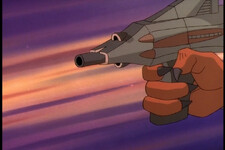
The standard Kilrathi rifle features a distinct double barrel. Gharal's troops carry these rifles in The Last One Left while the Kilrathi soldiers on Dioscuri use them throughout the episode in Lords of the Sky. In Price of Victory they are carried by the Kilrathi party searching for Maverick. The rifles fire yellow bolts in Lords of the Sky and red bolts in Price of Victory.
The Kilrathi soldiers that board the Pleiku in Walking Wounded carry another unique type of rifle which has a fixed bayonet. We do not see these fired but they double as a cutting torch at one point during the boarding.
Dioscuri
The inhabitants of Dioscuri-2 use a variety of types of Stone Age weaponry, both in combat and for ceremonial purposes, as part of their role in Word of Honor. These props appear in four different scenes and each time they are unique! The party which captures Maniac carried long spears tipped with stones that had been carved into pincers. One Dioscrian throws a bolas, a trio of weighted balls connected by a cord, to capture Maniac.
The party which attacks Grunt is armed primarily with hand axes. Most are smooth but at least one seems to have markings. One of these Dioscurians is carrying a wooden club.
The chieftain that speaks to Maverick and Maniac carries a ceremonial staff topped with a skull and a beard of feathers that match the ones he wears. His escorts carry torches.
Finally, when it comes time to sacrifice the cadets, the chieftain brandishes a two-handed halberd which has distinct markings carved in its blade.
Unique
Grunt has an unusual pistol in the third act of Word of Honor. It's not either of the Space Force sidearms and it doesn't seem to match the marine pistols seen in the episode's flashback. It's not really clear at all where he gets it, but it appears extensively and clearly has a model sheet it's working from.
Zurakh, the Strakha pilot, flashes a blade when insulted by his commander. We get a closeup look at the middle of the weapon but never really see the whole thing.
And last but not least, we can't forget the Warrior King's staff from Recreation! It fires bolts of green energy that surround their target in tendrils of similarly colored light. As used it is non-lethal but he implies it can kill Maverick. He actually leaves the staff on the carrier after he's captured so it's not clear what its current disposition is!
We hope this guide has been useful. It's really interesting seeing how a model sheet can be used across a whole show to build continuity… and what happens when that doesn't happen correctly! Did you catch any small arms we missed? Let us know in the comments and we'll update the guide.





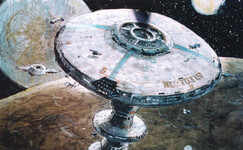
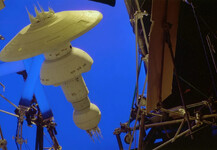
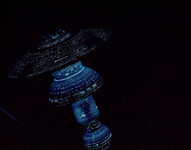
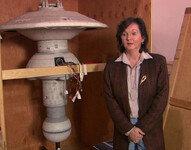
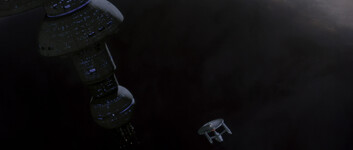
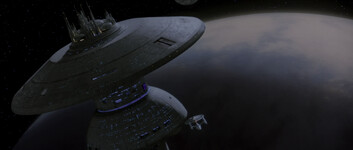
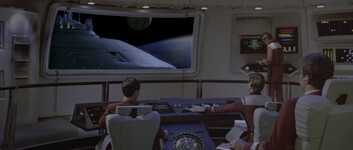
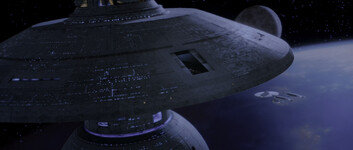
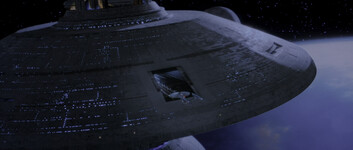
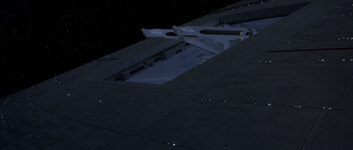
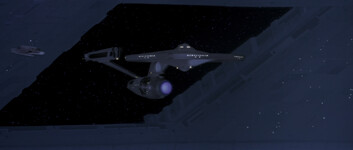
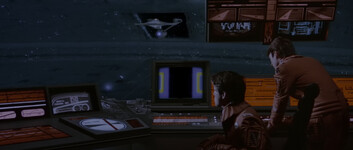
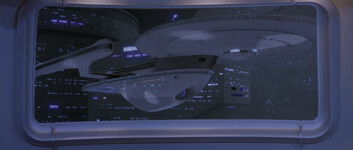
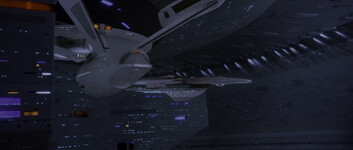
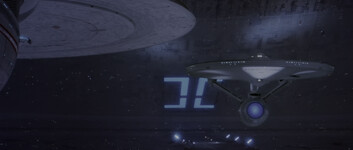
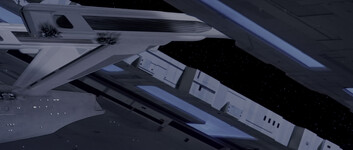
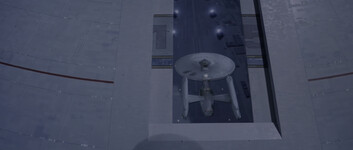
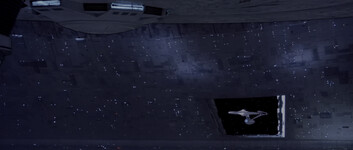
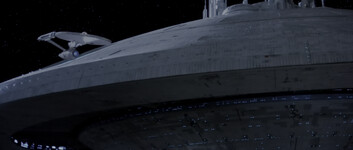
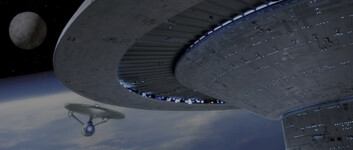
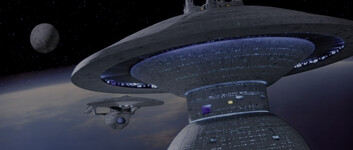
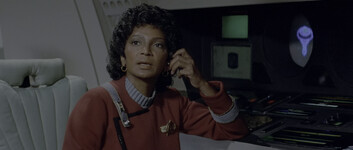
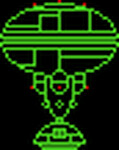
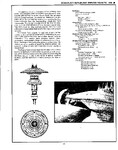
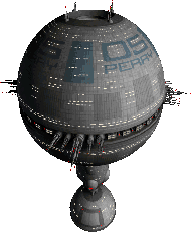
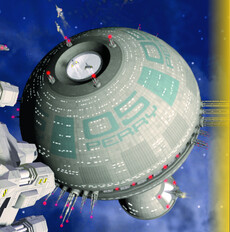
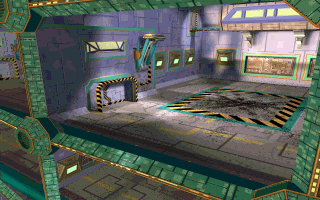
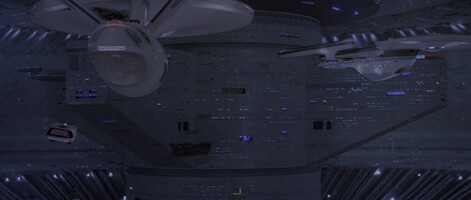
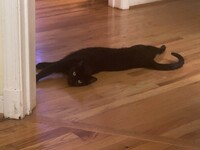


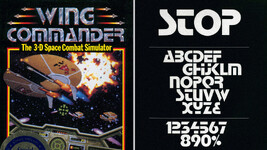
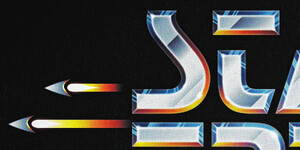

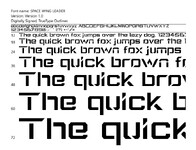
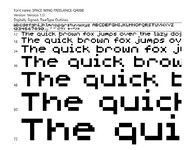
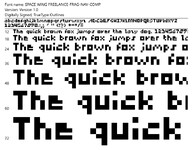




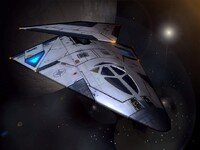
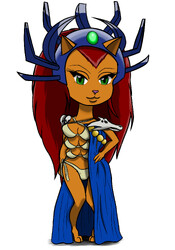
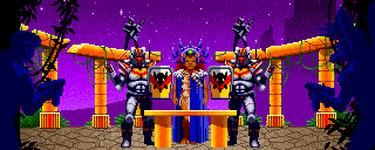
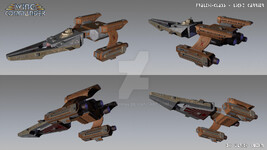
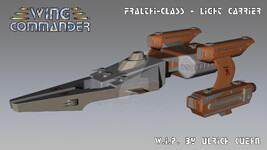
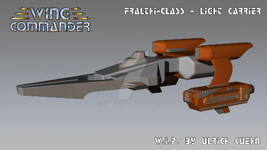


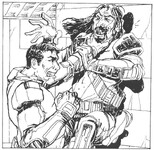

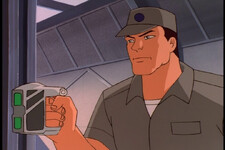
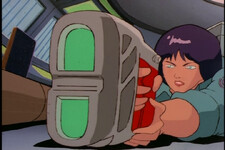
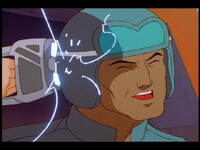
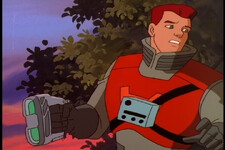
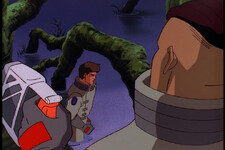
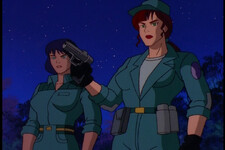
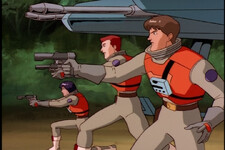

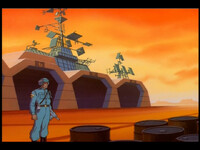
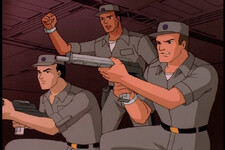
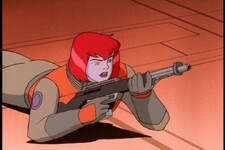
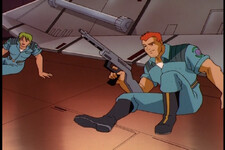
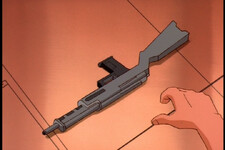
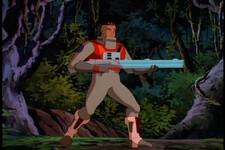

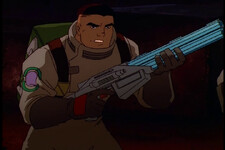
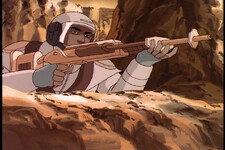
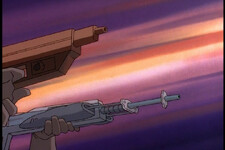
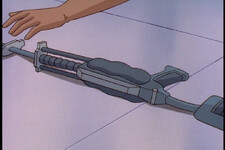

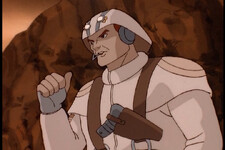
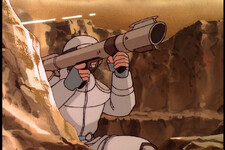
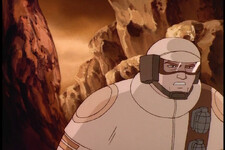
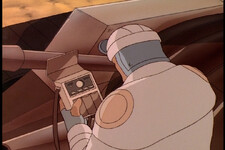
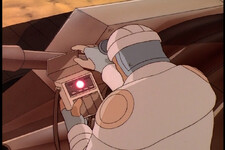
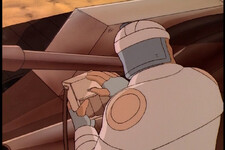
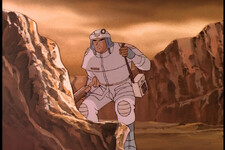


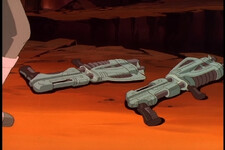
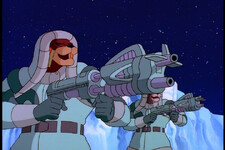
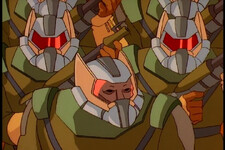
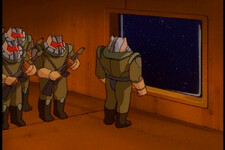
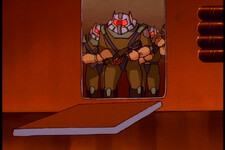
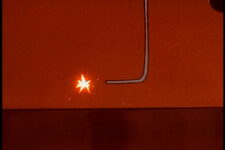

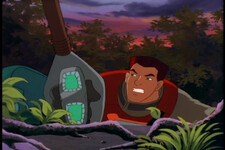

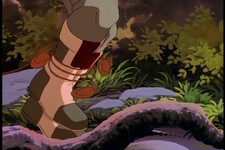




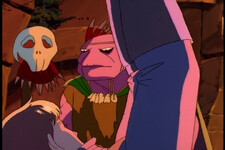
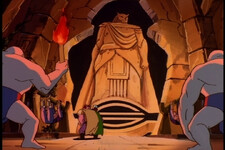
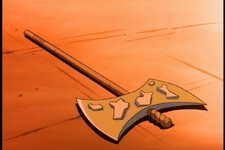


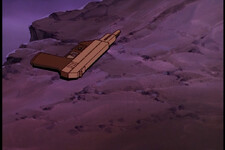
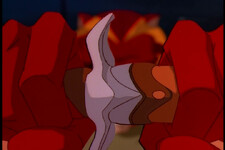
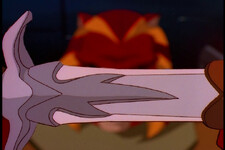
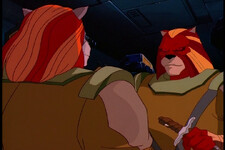
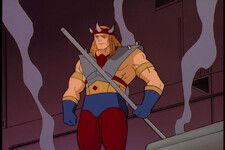
Follow or Contact Us